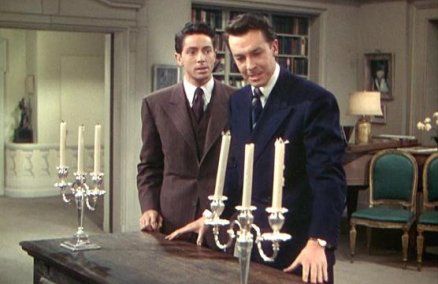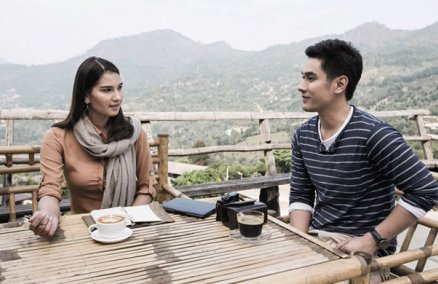How did you get involved with Thai dance?
When I was in elementary school, my mom enrolled me to study Thai arts, because she was interested in them and wanted me to learn about them. I didn’t do khon at first; I did Isaan dance and Thai performance in general. Then I guess our teacher saw something in me and got me performing in Taiwan, at a cultural showcase. It was surprising to receive my first round of applause. I was so proud that people were getting to see our culture. After that my teacher got me doing khon, starting with khon ling (the role of the monkey), followed by other roles later.
How did you get to be in this film?
Someone saw that I could dance khon and invited me to audition. I was glad to know there was a project to do with Thai art. I didn’t know if it was a film or a lakorn, but I was glad I’d be able to use my skills. So I went to the audition and tried many different roles. Then I was contacted and they wanted me to play the lead.
What’s the difference between dancing on stage and in a film?
Both are about performing and being another person. Both involve concentration and practice.
Is khon more popular these days?
In this film, we’re not always reminding the audience to preserve khon. Instead, we’re merging it with today’s daily life, and hopefully people will find it interesting.
How can you encourage people to take an interest in khon?
Khon is elaborate and calm and has an eloquent story in each scene. We have to find a starting point from which khon can be a part of contemporary life. I strongly believe foreign cultures would love khon if they see it. It is totally different from other kinds of performance, especially because of the finely-cut costumes. I’m sure that Thai dance will become more attractive if we commit to promoting it more and more. Monruedee Jansuttipan and Sasinipa Wasantapruek
Advertisement















